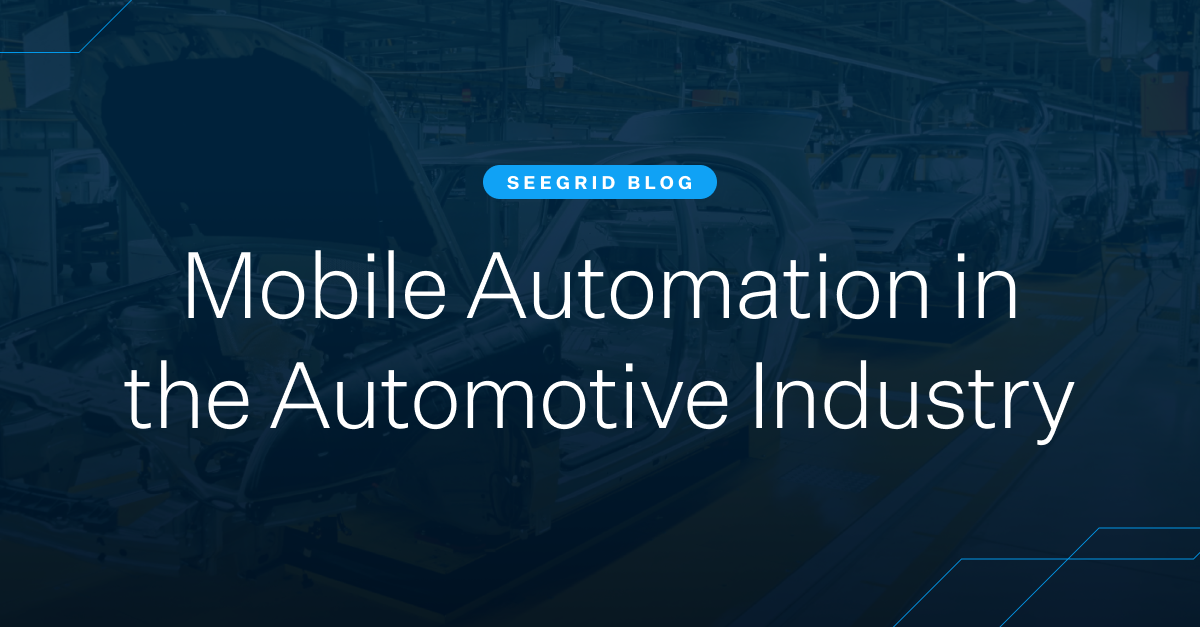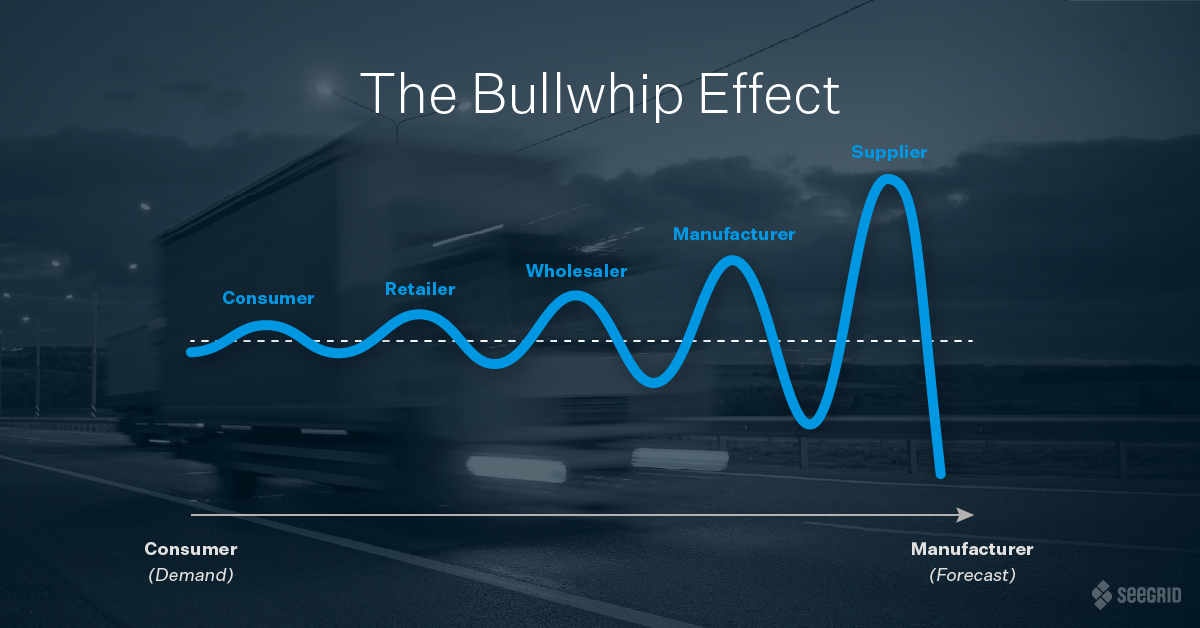For decades, the automotive industry has experienced alternating phases of growth and decline based on market and economic demands. The onset of the pandemic put a direct focus on the fluctuations and ongoing supply chain challenges, with many manufacturers quickly transitioning from facility shutdowns to fulfilling record-high demand levels. One constant factor that automotive manufacturers can count on is the element of change. No matter the cause, facilities need to be ready and able to adjust to changes, disruptions, and opportunities that arise.
With an abundance of workflows that consist of transporting multiple heavy payloads and materials across facilities, the automotive industry is particularly well-suited for mobile automation and autonomous mobile robots (AMRs). Here are some of the biggest hurdles automotive companies are currently facing and how industrial mobile robots can prepare the automotive industry for the future.
Labor
Despite the global microchip shortage, the automotive industry’s sales volume for the second quarter of 2021 totaled $17 million, jumping 50 percent from the second quarter of 2020; however, a record high labor shortage, an aging workforce, and social distancing requirements are making it difficult for automotive production facilities to keep pace. As many as 2.1 million manufacturing jobs will go unfilled through 2030, according to a study published by Deloitte and The Manufacturing Institute. This shortage could cost the U.S. economy up to $1 trillion by 2030.
Robotics, AI, and automation are the solution to reducing the strain on human workers. Automation actually creates rewarding career opportunities that are safer and less physically taxing for the human workforce. As factors change over time, facilities can easily adjust and scale their AMR fleet to safely fulfill demand without the downtime typically associated with recruiting, training, and retaining a human workforce.
Safety
If a facility hasn’t yet invested in automation, their workers may be at risk of safety incidents. Manufacturing floors are extremely busy and bustling with traffic. People and manually driven vehicles are operating in close quarters, racing against tight deadlines and productivity pressures. Often, these demands can cause workers to feel fatigued, become distracted, or cut corners to save time—increasing the chances of an accident occurring. In fact, 97,000 manually driven forklifts are involved in an injury or fatality each year.
The best way to ensure the safety of human workers is to supplement the transporting of materials with AMRs. Employees can work in safer positions and complete more cognitive, value-add tasks. The benefits here are two-fold. First, humans can work in safer environments. Second, they can complete jobs that are more rewarding. Driving a forklift or pallet truck is physically and mentally demanding, so it’s best to assign these risk-prone jobs to a robot that excels at repetitive tasks. One lapse in a worker’s concentration can cause an accident. Luckily, AMRs never lose concentration and can reliably operate 24/7.
AMRs are consistent, reliable, and predictable. To date, Seegrid Palion AMRs have driven millions of miles without a single personnel safety accident. With proven technology in control of the AMR at all times, the robots reliably follow the intended route, maintain proper speed limits, avoid collisions, and behave predictably. In fact, five of the top ten global OEMs rely on Seegrid AMRs to boost productivity levels safely.
Customer Demand and Customization
The increasing customization demanded from auto manufacturing is a perfect task best handled by industrial mobile robots. Industries from several sectors are experiencing a perpetual peak in demand. Automotive manufacturing, in addition to increased order volume, is seeing a high demand for product specificity. Customer satisfaction is key to retaining business, so companies have no choice but to produce highly customized products.
The more complex an order, the greater the need for sequencing. When there is a shift in processes or volume, automation is the answer to quickly reacting to change. AMRs can be retrained and deployed to new tasks in minutes, so there’s no need to halt production to have staff-wide debriefs on new processes or hire new people.
Productivity
An oversimplified tactic to increasing throughput is to work faster; thus, the traditional solution of adding more human workers. However, this will only lead to employee burnout and safety concerns. What’s really needed to be more productive is a better utilization of the space you have and more reliable deliveries to the assembly line.
Just-in-time delivery allows you to carry less inventory and devote more facility space to production. AMRs can be relied upon to always be on time and deliver the exact amount of product exactly when it’s needed. This eliminates the hurry-up-and-wait effect that often accompanies manually driven vehicles. It’s difficult to plan for every sick day, employee departure, or delay in the schedule. Minutes, or even seconds, of downtime can quickly become an expensive loss to automotive manufacturers.
A great aspect about AMRs is facility managers know the output they can expect from each robot at the end of every day, shift, or hour. Fleet analytics software, such as Seegrid’s Fleet Geek, provides visibility into robot operations and allows managers to see where they can increase efficiencies. In order to continually grow a business, leaders constantly need to monitor current processes and make improvements.
Flexibility
Change is constant. Companies will launch new products, introduce new suppliers, open new facilities, and face fluctuations in demand, among many other changes over time. As illustrated by the events of 2020, worldwide upheavals can happen at any time and completely throw regular operations for a loop. For example, demand can grind to a halt or soar through the roof. A traditional workforce may not be agile enough to respond to change. Hiring new workers and getting them up to speed on operations can take weeks. Implementing a new AMR takes minutes.
While you’re planning for your flexible future, you can introduce one autonomous robot or an entire fleet amid the flow of work. Thanks to their proprietary vision system and real-time sensors, Seegrid Palion AMRs respond to dynamic environments without the assistance of external infrastructure. This ability to “see” means that they have an unmatched tolerance to environmental changes. When something in the facility changes, Palion AMRs compute robust amounts of reference points to continue successful navigation, uninterrupted. Additionally, retraining an AMR for a new route is easy. Simply drive the AMR on its route once, and it’s ready to work. When processes change, simply redeploy your AMRs to different functions or shifts. The easy programmability and route customization allows you to continue getting products out the door while continually improving your internal processes.
The Future of Automation in the Automotive Industry
To stay competitive, automation for automotive manufacturing is now a matter of “when,” not “if.” It’s crucial that companies constantly monitor performance, evaluate goals, seamlessly adjust to changes, and optimize for efficiency. Automation solutions help companies overcome their biggest hurdles, including labor, safety, fluctuating demand, productivity, and flexibility. Pairing AMRs with enterprise software can drive continuous improvement to achieve day-to-day goals as well as long-term initiatives. The key to being future-ready is agility with the visibility to confidently adapt to any changes that may and will come.
Infographic: Top Applications for Automotive OEMs
Download this infographic to learn about how processes can be optimized with AMR technology and how Seegrid handles automation planning.







